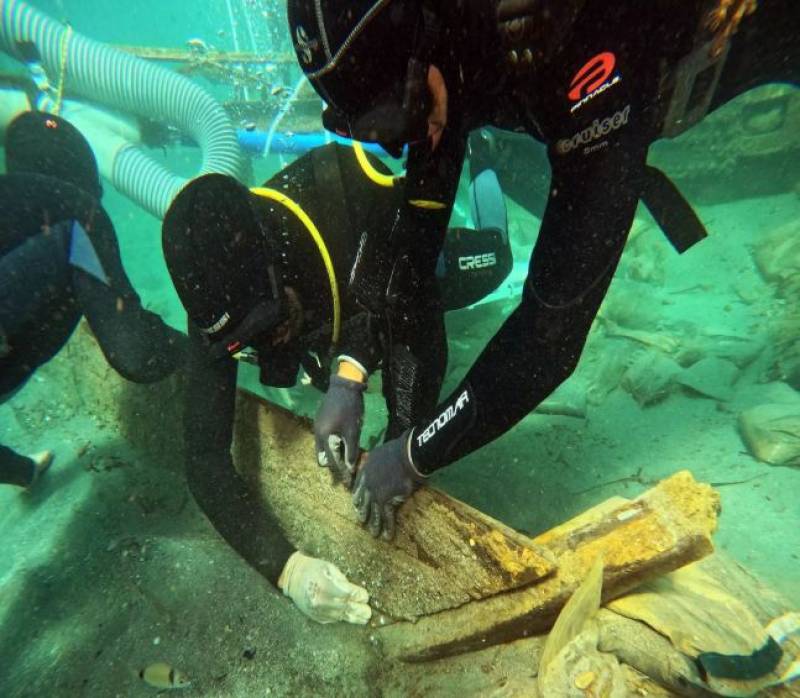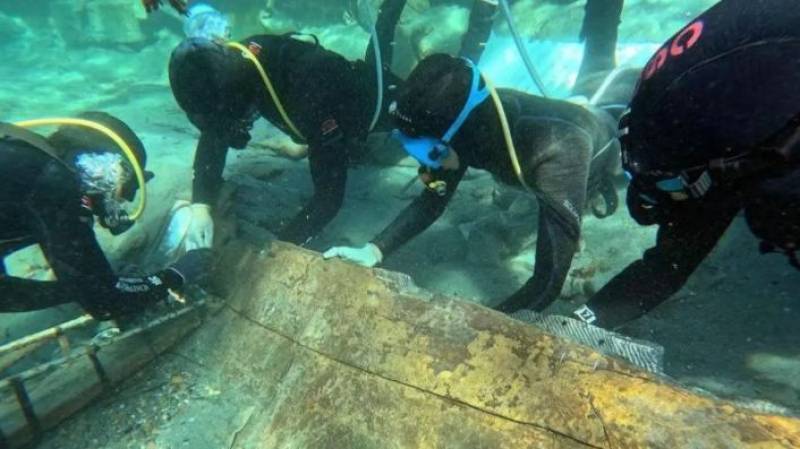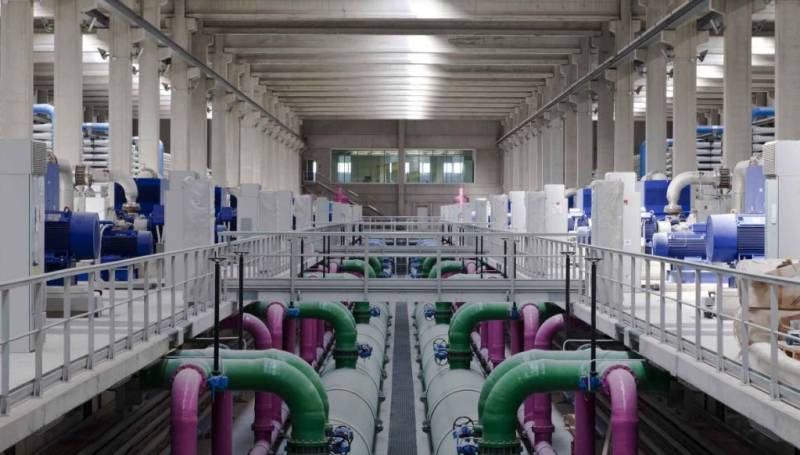Date Published: 30/06/2025
Scientists uncover the incredible history of the Mazarrón Phoenician ships
ARCHIVED ARTICLE -
Investigators studying the remains of the ancient ship have made some exciting new discoveries about how Phoenician engineers built the vessels
A detailed technical report, presented to the Directorate-General for Cultural Heritage in Murcia, outlines the results of an
underwater archaeological intervention carried out between September and November 2024.
The operation successfully recovered the shipwreck from the seabed off the coast of Mazarrón and has since allowed for an unprecedented level of study and documentation.
This includes not only the structural characteristics of the vessel but also a botanical analysis of the wood used in its construction, offering a clearer picture of the shipwrights’ methods and cultural influences.

One of the most significant breakthroughs lies in the identification of the timber species used to build the ship. Researchers found that the vessel’s structure incorporated pine and fig wood, along with other types native to the western Mediterranean.
These findings suggest that the builders adapted construction techniques from the Eastern Mediterranean, blending them with locally sourced materials. This points to a clear case of cultural hybridisation, with Phoenician engineering being enriched and localised as it spread westward.
The botanical analysis also supports the idea that shipbuilding in the Iberian Peninsula during this period was not a direct transplant of Levantine methods, but rather an evolving and responsive practice shaped by geography and available resources.
The process of recovering Mazarrón II has also been lauded as a technical milestone in the field of underwater archaeology. The operation involved the careful removal of layers of sand, the dismantling of the protective metal casing that had shielded the wreck for decades, and the eventual lifting of the ship in 22 separate segments.
These parts were transported to the conservation facilities of the National Museum of Underwater Archaeology (ARQUA) in Cartagena, where they will undergo long-term preservation treatments. The operation was carried out by a multidisciplinary team of archaeologists, conservators, naval engineers and technicians, and has been praised as an exemplary case of how underwater cultural heritage can be handled with precision, respect and scientific rigour.
The historical value of Mazarrón II continues to grow as new research reveals more about its role in ancient trade networks. Dating from the 7th century BCE, the ship likely operated along regional routes rather than undertaking long ocean voyages.
Its cargo, including lead ingots and pottery fragments, suggests it was used for transporting goods between coastal settlements in what is now southern Spain. Experts point to the fact that these details underline Mazarrón’s importance as a Phoenician port and reinforce the notion that the western Mediterranean was a vibrant, interconnected space of commerce and cultural exchange long before Roman dominance.
With further analysis underway and plans for future public display, Mazarrón II is poised to become not only a centrepiece of archaeological study but also a vital educational and cultural resource for understanding early Mediterranean civilisations.
Images: CARM
article_detail

|




 One of the most significant breakthroughs lies in the identification of the timber species used to build the ship. Researchers found that the vessel’s structure incorporated pine and fig wood, along with other types native to the western Mediterranean.
One of the most significant breakthroughs lies in the identification of the timber species used to build the ship. Researchers found that the vessel’s structure incorporated pine and fig wood, along with other types native to the western Mediterranean.






























